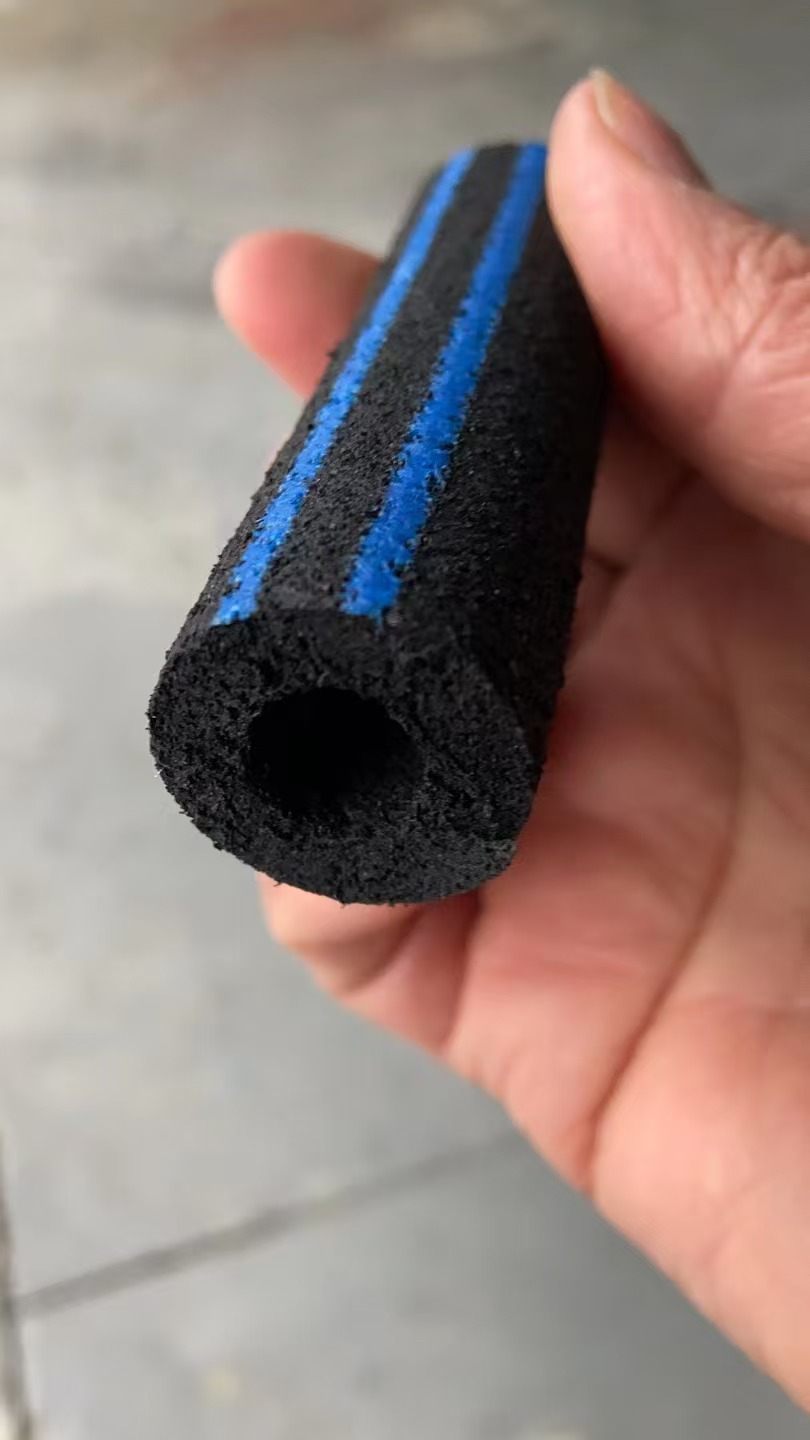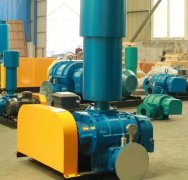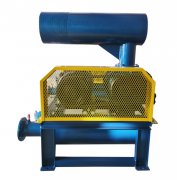Micro porous nanotube oxygenation tube (explosion oxygenation tube, bottom oxygenation tube of aquaculture fish pond, self sinking tube) is a type of aquaculture oxygenation equipment. The following is a detailed introduction to it:
1、 Product Features
1. Oxygenation: The microporous nanotube oxygenation tube adopts nanoscale microporous technology, which can evenly disperse air in the form of small bubbles into the water body, greatly improving the efficiency and utilization of oxygen dissolution.
2. Energy saving and environmental protection: Compared with traditional oxygenation methods, microporous nanotube oxygenation tubes have lower energy consumption and higher efficiency, which can significantly reduce breeding costs and minimize environmental impact.
3. Easy to install and maintain: Micro porous nanotube oxygen tubes typically adopt a self sinking design, which is easy to install and does not require additional fixing devices. Meanwhile, its structure is simple, easy to clean and maintain.
4. Improving aquaculture efficiency: Adequate oxygen supply helps promote the growth and development of aquatic organisms, increase aquaculture density and yield, thereby increasing aquaculture efficiency.
2、 Product specifications
There are various specifications of microporous nanotube oxygen tubes, including tubes of different diameters and lengths, as well as different sizes and distributions of micropores. The specific specifications can be selected based on factors such as the size, water depth, and breeding density of the aquaculture pond.
3、 Application scenarios
Micro porous nanotube oxygen tubes are widely used in the field of aquaculture, especially in fish pond farming. It can provide sufficient oxygen supply for aquatic organisms, improve water quality and environment, and promote the healthy growth of aquatic organisms. Meanwhile, it is also applicable to fields such as sewage treatment and landscape water management.
4、 Usage method
1. Installation: Install the microporous nanotube oxygenation tube at the bottom of the fish pond according to the design requirements, ensuring that the tube can be evenly distributed and sink to the bottom of the water.
2. Connection: Connect the oxygenation device to the pipe to ensure that air can smoothly enter the water body through the pipe.
3. Debugging: Start the oxygenation equipment, observe the distribution and size of bubbles, adjust the operating parameters of the equipment to achieve the desired oxygenation effect.
4. Maintenance: Regularly check the operation status of microporous nanotube oxygenation tubes, clean clogged micropores, replace damaged tubes, etc.
5、 Precautions
1. Choose the appropriate specification: Select the appropriate specification of microporous nanotube aerator according to the actual situation of the aquaculture pond to ensure the oxygenation effect.
2. Reasonable layout: During installation, ensure that the pipes are evenly distributed throughout the bottom of the pond to avoid local oxygen deficiency.
3. Regular maintenance: Clean and maintain the microporous nanotube oxygenation tube regularly to ensure its normal operation and extend its service life.
4. Attention: When using oxygenation equipment, pay attention to electricity usage to avoid accidents such as electric shock.
In summary, microporous nanotube oxygenation tubes are an energy-saving and environmentally friendly aquaculture oxygenation equipment with broad application prospects and market demand. When in use, it is necessary to choose the appropriate specifications and layout according to the actual situation, and regularly maintain and upkeep it to ensure its normal operation and extend its service life.



